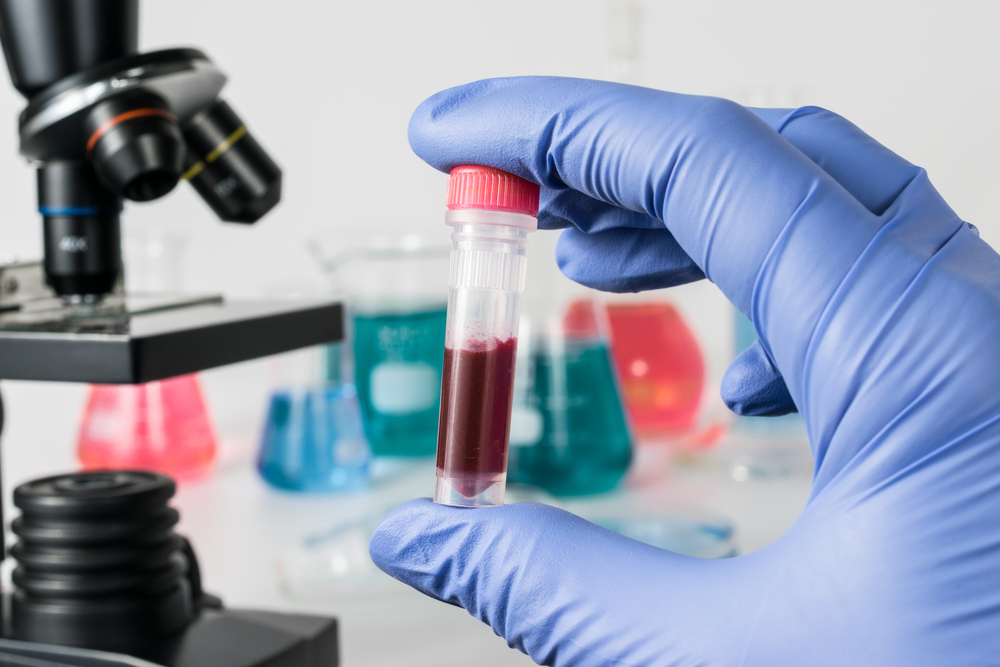
A joint project between private, academic and military interests has the potential to make screening and treating populations for infectious diseases easier and safer.
The $11.7 million multi-year project, to create a new universal surveillance platform for infectious disease outbreaks, will be funded by the Defense Threat Reduction Agency, which initially provided $4.25 million toward the initiative. Ultimately, the platform will help local health officials and first responders contain the spread of viral and bacterial pathogens that could threaten public health.
“There are defense and civilian health components to this,” said Dr. Erwin Berthier, vice president of research and development at Tasso Inc. and one of the project leads. “We want to change the way people can interact with their health care system, and to utilize it in places they haven’t been able to before. This project is one of the ways we’re moving in that direction,” he told Homeland Preparedness News.
While that project is expected to take three years, the end product will be the combined brainchild of Tasso, Ceres Nanosciences, George Mason University and the United States Army Medical Research Institute of Infectious Diseases (USAMRIID). For the two companies, it’s a chance to adapt an existing product of theirs: the HemoLink blood collection technology system for Seattle-based startup Tasso and the Nanotrap particle technology of Ceres, a company based in Prince William County, Virginia.
According to Berthier, Tasso’s creation is meant to capture, analyze and preserve dangerous pathogens for transport from field to lab. The best way to test is with the real deal. George Mason is giving researchers access to its class three biosafety labs for just that purpose, while USAMRIID is giving access to both its level four laboratories and pathogens.
“When a new outbreak occurs, public health officials quickly need as much information as possible about the pathogen(s) causing the outbreak to determine how to control it,” Dr. Louis Altamura of USAMRIID said in a statement. “Analyzing clinical samples from infected patients is one of the best ways to get that information, but existing blood sample collection and screening methods can expose health care workers and laboratory technicians to pathogens, presenting safety concerns for these workers and potentially contributing to the spread of the epidemic.”
As an example, Berthier built on that point by pointing to the Ebola epidemic which reached the United States in 2014.
“Contaminations happened because of mistakes nurses made,” Berthier said. “They weren’t trained properly. What we see here is a device that can really lower the bar during a pathogen outbreak. There’s a real minimal risk.”
The first part of the project is Tasso’s HemoLink system. It’s essentially an integrated patch designed to collect and hold diagnostic quality blood while minimizing contact with the blood and needles. It comes with a detachable laboratory grade cartridge and no danger of users poking themselves.
While Berthier began making that patch four years ago with his fellow founders, with an eye toward a product that could help reach people in more rural areas of the country, their current project proposes housing the Ceres Nanotrap inside their patches.
Nanotrap allows for the capture, concentration and preservation of pathogens and other biomolecules, which also helps cut down on human error in the field.
“It could be deployed within hours—just ship a box to the right place,” Berthier said. “Really the idea is to cut down the time between emergence of the epidemic and response.”
He said his hope is for a product that wouldn’t necessarily require medical personnel in the field, allowing them to focus resources elsewhere. So long as potential infectees can attach the patch and get the blood to a centralized lab — with proper precautions to still be determined — it could be done.
“Mostly, though, we intend it for local health and first responders for this device,” Berthier said. “I think there’s a potential, depending on the judgment of health officials, to ship this remotely, to reach places without even having to send any people there … but we do want the shipping to be in a contained or safe way.”
For now, the focus is domestic, though it could have potential beyond those borders.




